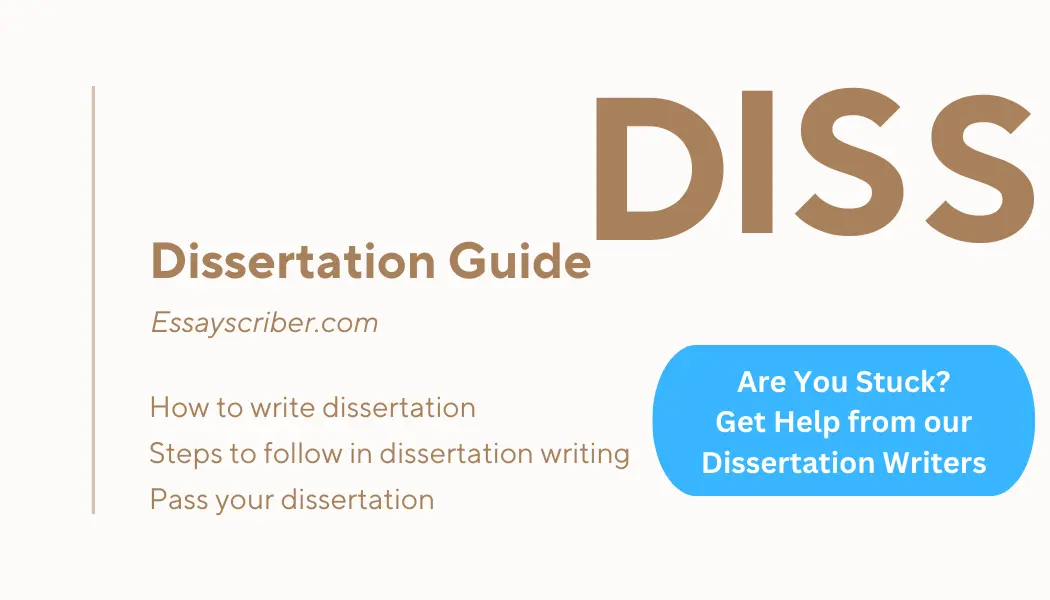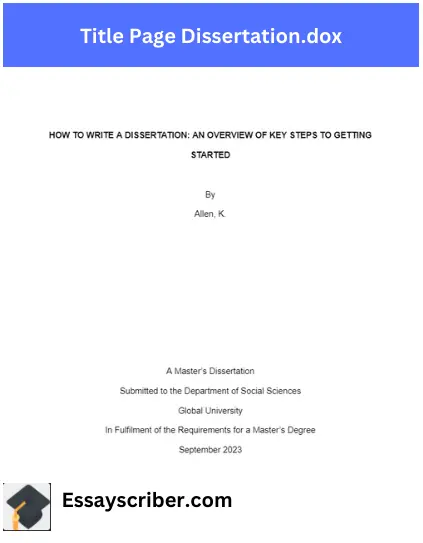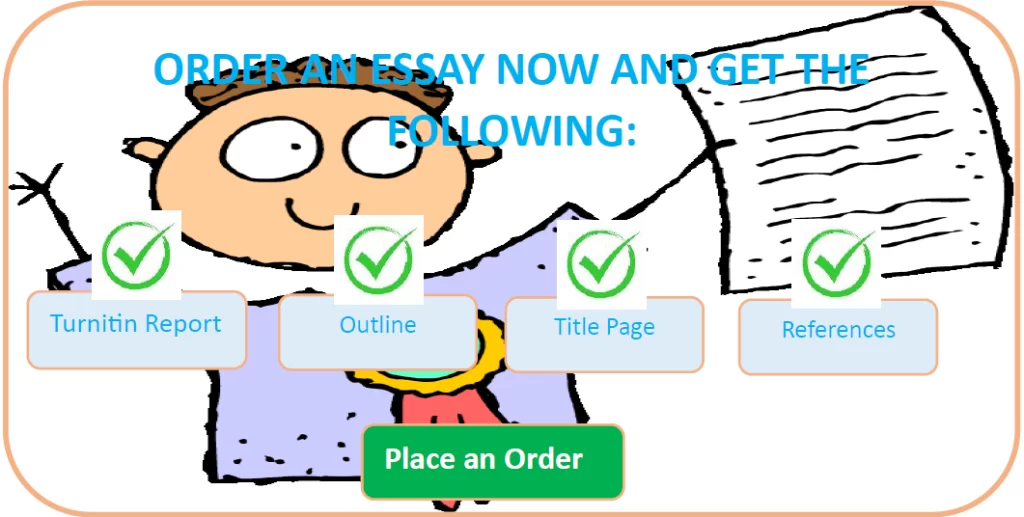Dissertation Overview
Writing a dissertation is a significant academic undertaking that requires careful planning and execution. In this comprehensive guide, we will walk you through the process of crafting a successful dissertation step by step. Let’s begin with an overview of what a dissertation is and how to get started.

What Is a Dissertation?
A dissertation is a formal, lengthy document that presents original research and findings on a specific topic. It is a critical component of many academic programs, often culminating in years of study and research. Your dissertation should contribute new knowledge to your field of study, making it a significant academic endeavor.
You may also be interested in how to write a research paper.
How to Start a Dissertation
Before you dive into the writing process, it’s essential to begin with a strong foundation. Starting a dissertation involves several essential first steps:
- Choose the Best Topic: Select a research topic that both interests you and aligns with your field of study. Your topic should be specific enough to explore in-depth but not so narrow that you can’t find relevant literature. Read more about topic selection here.
- Conduct Preliminary Research: Once you’ve chosen your topic, begin with preliminary research to understand the existing literature and research gaps.
- Submit a Research Proposal: Most institutions require you to submit a research proposal outlining your research objectives, methodology, and expected outcomes. Thus, you will need to write a research proposal, usually up to 5 pages long, and submit it for review and approval by your supervisor.
- Conduct Principal Research: Carry out your primary research, whether through experiments, surveys, interviews, or data analysis, depending on your field. This will take you some time and it is important that you record your findings as you will use them later when writing the results and discussion chapters.
- Outline Your Dissertation: Create a clear outline for your dissertation. This roadmap will help you organize your thoughts and stay on track. An outline will help you fast-track the writing process and remain organized throughout.
- Write the First Draft: Start writing your chapters, beginning with the literature review. Don’t worry about perfection at this stage; focus on getting your ideas on paper. You may buy into the idea of writing the introduction first, but this should be the last part you write as it should be well aligned with the rest of the paper
- Consult Your Adviser: Regularly meet with your supervisor to discuss your progress, receive feedback, and make necessary adjustments.
- Gather Feedback: Seek feedback from peers and colleagues to refine your work further.
- Write the Final Draft: Revise and refine your dissertation, paying close attention to clarity, coherence, and structure.
- Edit and Proofread: Carefully edit and proofread your dissertation for grammar, style, and formatting.
- Defend Your Dissertation: Prepare for your defense, where you’ll present and defend your research findings to a committee.
Get Dissertation Help Now Starting At
- 100% Original Work
- Free Revisions
- Grammar Check
- 24/7 Support
Dissertation Sections
Now that you have a broad overview of the dissertation process, let’s delve into the individual sections you need to include in your dissertation.
Title Page
The title page is the first page of your dissertation and serves as a formal introduction. It includes the title of your dissertation, your name, your institution’s name, and the date of submission. Refer to your institution’s formatting guidelines for specific requirements.

Acknowledgment or Preface
The acknowledgment or preface section allows you to express gratitude to those who supported you during your research journey. It’s an opportunity to acknowledge advisers, mentors, and anyone who contributed to your work.
Abstract
The abstract is a concise summary of your entire dissertation. It should provide a brief overview of your research question, methodology, key findings, and conclusions. Typically, an abstract is around 150 to 250 words.
Table of Contents
The table of contents provides a clear outline of your dissertation’s structure, listing all sections and subsections along with their page numbers. This table helps readers navigate your document easily.
List of Figures and Tables
If your dissertation includes figures and tables, create a list of figures and tables to provide a quick reference for readers. Include the titles and page numbers of each figure and table.
Table 1: List of Figures
| Figure Number | Title | Page Number |
| 1.1 | Research Framework | 10 |
| 2.1 | Sample Survey Results | 25 |
| 3.1 | Experimental Setup | 42 |
Table 2: List of Tables
| Table Number | Title | Page Number |
| 4.1 | Summary of Survey Responses | 15 |
| 5.1 | Comparative Analysis of Data | 35 |
| 6.1 | Statistical Results | 50 |
List of Abbreviations
If your dissertation includes abbreviations or acronyms, provide a list of abbreviations and their meanings. This helps ensure clarity for your readers.
Table 3: List of Abbreviations
| Abbreviation | Meaning |
| APA | American Psychological Association |
| GDP | Gross Domestic Product |
| PhD | Doctor of Philosophy |
| NASA | National Aeronautics and Space Administration |
Glossary
If your research involves specialized terminology, consider including a glossary with definitions to aid your readers’ understanding.
Introduction
The introduction sets the stage for your dissertation. It should introduce your research topic, state your research question or hypothesis, provide context for your study, and outline the structure of your dissertation.
Literature Review
The literature review is a critical analysis of existing research on your topic. It demonstrates your understanding of the current state of knowledge in your field and identifies gaps or areas where your research contributes.
Methodology
The methodology section details the methods and techniques you used to conduct your research. This includes information on data collection, participants, instruments, and data analysis procedures.
Results
In the results section, present your research findings in a clear and organized manner. Use tables and figures to illustrate key points and support your conclusions. Ensure that your results are presented logically and are easy to interpret.
Table 4: Summary of Survey Responses
| Survey Question | Response 1 | Response 2 | Response 3 |
| Question 1 | 45% | 30% | 25% |
| Question 2 | 28% | 45% | 27% |
| Question 3 | 55% | 15% | 30% |
Discussion
In the discussion section, interpret your research findings, relate them to your research question or hypothesis, and discuss their implications. Address any limitations of your study and suggest areas for future research.
Conclusion
Summarize the key findings of your research in the conclusion section. Restate your research question and its significance, and highlight the contributions your study makes to your field.
Bibliography
The bibliography (or references) section lists all the sources you consulted during your research. Use a consistent citation style (e.g., APA, MLA, Chicago) as specified by your institution.
Appendices
The appendices section includes any supplementary materials, such as raw data, questionnaires, or detailed descriptions of research methods, that are essential for understanding your research but would disrupt the flow of the main text.
Wrapping Up
Writing a dissertation is a rigorous process that demands dedication, research, and careful organization. By following these steps and paying attention to each section, you can navigate the journey of writing a successful dissertation. Remember to consult your institution’s guidelines and seek guidance from your adviser throughout the process. With diligence and determination, you can contribute valuable knowledge to your field through your dissertation. Good luck!

